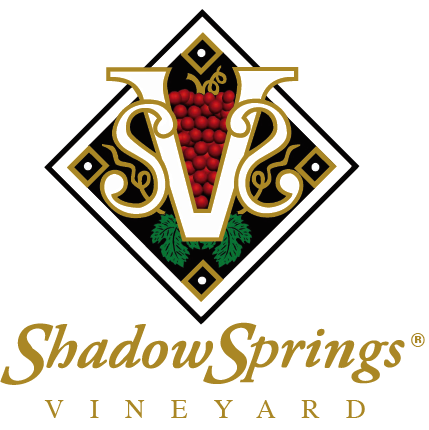September 2021
Harvest Time 👊
It’s that time of year again…harvest! For the next month or so, we’ll be clocking some early mornings in the vineyard and late evenings in the winery. It’s all worth it though when the grapes are finally resting in the tanks, and we get to taste the product of our year’s efforts.
White grapes generally ripen before the reds. So far, we’ve picked our Seyval Blanc, Valvin Muscat, and some Merlot for Rosé. Over the next two weeks we expect to harvest the rest of our whites and begin to pick our early-ripening reds!
We pick all our grapes by hand, and it’s a labor intensive process, but the slow pace allows our crew to cull any undesirable green or damaged clusters. After the harvesters snip the grapes off the vine, “bucket man” Will (pictured above) dumps the clusters into a half-ton bin carried by the tractor, which is then trailered over to the winery where the fun begins.
Once the grapes arrive at the crush pad, we weigh each bin to determine the total tonnage, then add a proportionate amount of enzymes to help break down the skins while the grapes are being processed. The grapes are fed into our de-stemming machine, which separates the berries from the rachis, then the berries are pumped into our press where the juice will be squeezed out and sent into tank. Soon after, yeast will be added, and the juice will begin its transformation into wine 🍷.
Juice Testing
One of the most important decisions we have to make this time of year is when to harvest our grapes. There are lots of external factors that go into this decision (weather, animal & disease pressure, labor availability, weather…), but the first hurdle to clear is grape ripeness - there’s no sense in harvesting an unripe block that will make bad wine.
In addition to simply tasting the grapes to determine ripeness, there are three main parameters that growers and winemakers often use to assess a varietal’s development.
Brix: The most often-cited single number, brix is the measure of natural sugar within the grape juice. 1 “degrees brix” is equivalent to a 1% sugar solution, which makes this an easy and intuitive measurement. Different grape varietals could be considered ripe at a range of brix levels, but generally once the grapes hit 20-25 brix, they’re good to go.
pH: With regards to winemaking, pH is the measure of how acidic the grape juice is. When the grapes are first formed, acidity is very high, so the pH is a low number. As the grapes ripen, acidity drops out, the pH rises, and the berries become tastier (for both people and animals!). However, there is a sweet-spot for winemaking. If too much acidity is lost, the wine will become more hospitable for microorganisms, and the bottle’s shelf life will be significantly reduced (among other complications). So, if you wait too long to harvest in hopes of higher sugar levels, you may find yourself fighting against the pH.
TA: TA stands for titratable acidity or total acidity (depends on who you ask). This number is related to pH in that both deal with acids, but the TA measurement gives a specific number for the amount of acid in solution. Practically speaking, pH is much more widely used to express grape juice acidity than TA.
It’s important to test your grapes for these (and other) numbers throughout the growing season in order to make the best decisions when harvest rolls around. We’re fortunate to have a fancy “Foss” lab machine that can run these tests with a push of a button, and we’re offering subsidized grape and wine testing for NC wineries, so if you are a vineyard/winery looking to step your game up, swing by and drop off some samples!
Sun Shade 😎
Check out our new canopy over the deck at Windsor Run! We know you all like to be outside, but the NC summer heat is brutal, so we thought this would be the perfect compromise. The shade fabric covers the whole space and is rated at UPF 25, so no matter where you decide to sit you’ll have both a great view and unburnt skin!
‘17 Chambourcin
This month we’re highlighting Shadow Springs’ 2017 Chambourcin, as our inventory is quickly dwindling away! Chambourcin is one of our favorite red grapes, perhaps the most reliable red we grow. It’s a workhorse hybrid, great by itself as a varietal wine but also a nice tool for blending with its full body and deep red color. Fun fact, the Chambourcin grape belongs to an elite group called the “Teinturier winegrapes”, classified as such for having both red skins and red flesh.
Our ‘17 Chambourcin spent about 18 months in oak barrels before bottling, smoothing its natural tannins and contributing flavors of black cherry, raspberry, and dark sugars. This dry wine pairs perfectly with any kind of red meat or hearty vegetables.




